If you are located in the Paso Robles, San Luis Obispo and Santa Maria vicinity and surrounding areas, we can install your new sash or repair an existing window sash that doesn't need to be replaced. If you are outside of our normal service area, you will need to install it yourself or find a carpenter or contractor who has experience with historic double-hung sash windows.
Custom Wood Sash Window Replacement
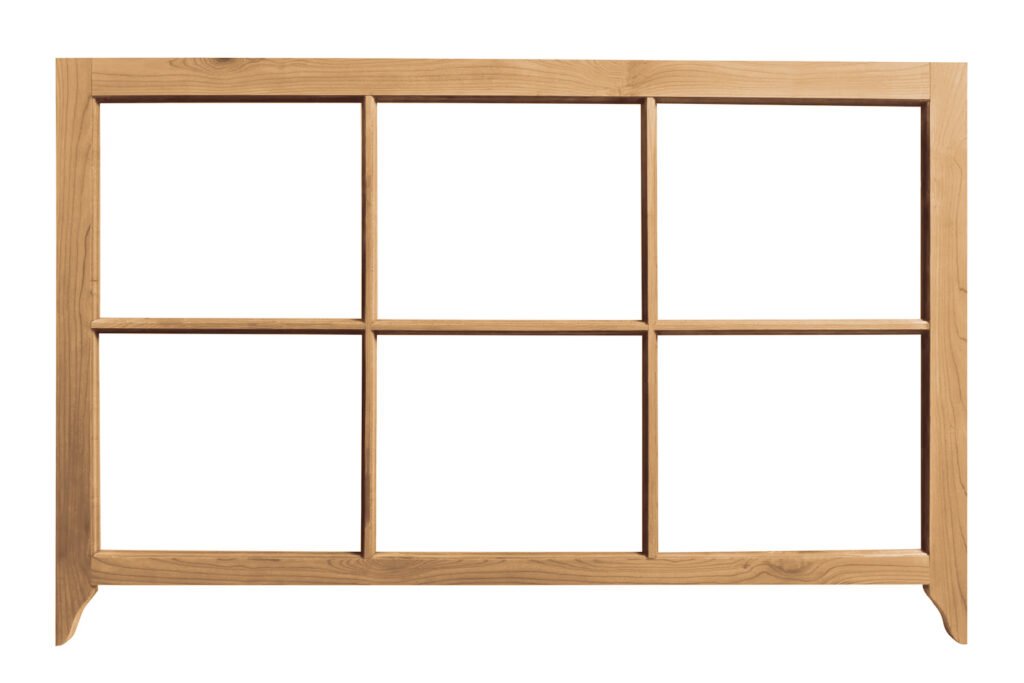
True To History
If you are looking for replacement wood sash windows, you have come to the right place. We make historically accurate sash window replacements, custom-made to your specifications. We use time-tested methods for joinery that preserve the history and architectural style of your home. Along with preserving the historic and aesthetic integrity of your home, there are tax incentives for doing so as well. The Federal Historic Preservation Tax Incentives program encourages private sector investment in the rehabilitation and re-use of historic buildings.

What Is a Sash Window?
A sash window is a classic window style made up of two movable panels, or "sashes," that hold panes of glass. Most commonly found in historic homes, especially from the 18th to early 20th centuries, sash windows are best known for their vertical sliding operation. In a double-hung sash window, both the upper and lower sashes can move, allowing for versatile ventilation. These windows often feature elegant details like true divided lights, weight-and-pulley systems, and mortise and tenon joinery. Their charm lies not only in their appearance but also in their functionality, making them a favorite for historic restoration and preservation projects.

Identifying When Your Sash Needs Replacement
When deciding whether to repair or replace your window sash, it's essential to consider the function, appearance, and energy efficiency of your windows. Air leaks can be solved with a spring-Broze weatherstrip. The damaged sash—Paint coming off, splintered, or worn from age—can hinder the window’s ability to open and close smoothly, compromise its seal, and negatively impact your home’s appearance. Allowing for proper ventilation and ease of use. It also helps preserve the architectural charm of your windows, particularly in older or historic homes. Most importantly, repairing a faulty sash can improve energy efficiency by eliminating drafts and air leaks, which helps maintain indoor comfort and reduce energy costs. Whether for residential or commercial needs, investing in sash repair is a cost-effective way to restore performance while protecting the character and comfort of your space.
Signs Your Sash Needs Repair or Replacement
Over time, even the most well-crafted sash windows can show signs of wear. One of the most common indicators that your sash needs attention is difficulty opening or closing the window—often caused by warped wood, broken cords, or layers of old paint. Visible rot, cracked glazing putty, or soft spots in the wood are also red flags, especially near the bottom rail or corners. You may also notice drafts, rattling panes, or condensation forming between glass layers, all of which suggest the sash is no longer sealing properly. If left unaddressed, these issues can compromise both the window’s functionality and the architectural integrity of your home. Knowing what to look for is the first step toward preserving—or restoring—your historic sash windows.

Window Sash Terminology
Before you even pick up a tape measure, it’s important to understand the basic terminology of a wooden double-hung historic window. These windows are made up of specific parts, so knowing where each part is crucial to getting an accurate measurement. Misunderstanding even one term can lead to incorrect sizing, which means poor fit, drafts, or even having to start the process over. By getting familiar with the anatomy of the window, you’re setting yourself up for accurate measurements and a smoother restoration or replacement process.
Window Sash
The window sash is the structural framework that holds the glass. On a double-hung window both the bottom and top sashes are movable.
Muntins
A muntin is a narrow strip of wood that divides a window into smaller panes of glass. Historically, muntins provided structural support for windows when large, single pieces of glass were difficult to manufacture and expensive.
Glazing
Glazing is sometimes used to refer to the actual glass in the window as well as the glazing putty that holds the window in place. Traditional glazing putty is a linseed oil base and is applied on the outside
Rails
These are the pieces of wood that run horizontally on the window sash. The typical width of a rail is 1 1/4, 2 1/4, 3 1/4.
Stiles
These are the vertical pieces of wood on a window sash.
Mullion
When two or more windows are connected to each other, the area where the two side jambs meet is called a mullion
Check Rail or Meeting Rail
The two rails that meet in the middle of double-hung and single-hung windows are called check rails
Horn
The horn refers to the curved section on the bottom of a sash this is typically found on the bottom of the upper sash. It has an aesthetic appeal and functionally, it keeps the top sash so that it is easier to grab when it is down.
Casing
Casing is the trim around the window that covers the gap between the jamb and the rough opening and or drywall.

Historically Accurate Window Ogee Profile
The Ogee No. 5 profile became a defining feature of American double-hung sash windows from the late 1800s through the 1960s, spanning the era of national millwork standardization. With its distinctive S-curve, this profile struck a balance between elegance and utility—not only adding a subtle decorative flourish, but also maintaining the crisp geometry of the sash. As a result, it was commonly used on both interior and exterior glazing beads, becoming nearly ubiquitous in Victorian homes, Craftsman bungalows, and even mid-century cottages.

Moreover, as millwork catalogs expanded during the industrial boom, the No. 5 ogee profile was routinely specified as a factory standard, helping to unify window detailing across regions and architectural styles. Today, it's a key identifier in historic restoration, marking an era when craftsmanship met mass production without sacrificing character.
Our Craftsmanship Process
We take pride in offering a custom replacement process that blends traditional craftsmanship with modern precision. Every sash we build begins with careful measurements, either provided by the client or taken onsite, to ensure a perfect fit. From there, we mill each sash using solid wood and match the original profile details, including the historically accurate Ogee No. 5. Ogee moulding has a rich history going back to Roman times and is found throughout all of Europe. Joinery is done using traditional mortise and tenon construction, just like the originals, for lasting strength and authenticity. Before the sash leaves our shop, we check for squareness, fit, and finish—so when it arrives, it's ready to install with minimal adjustments. Whether you're replacing one sash or restoring an entire home, our process ensures your new windows will preserve the original character while improving function and durability.
How To Measure Your Window Sash
Measure Width
Measure outside edge, to outside edge
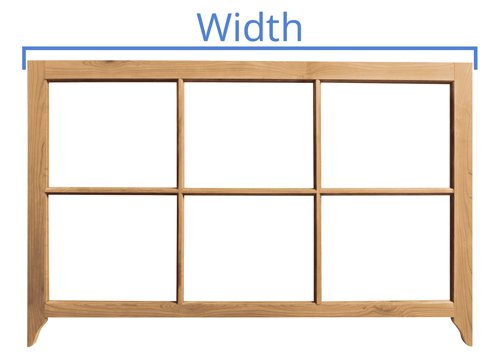
Measure Height
Measure outside edge to outside edge (Do Not include horn in measurement) Horn will be added if the option is selected
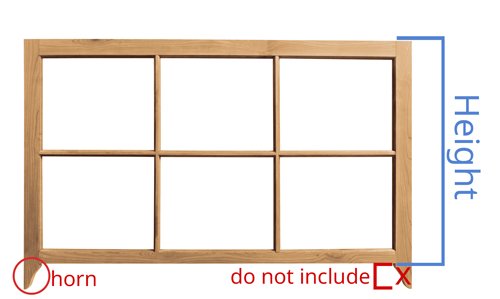
Measure Top Rail
Top rail width including the Ogee profile
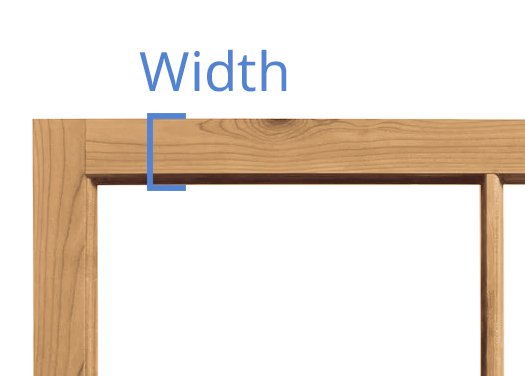
Measure Bottom Rail
Top rail width, including the Ogee profile
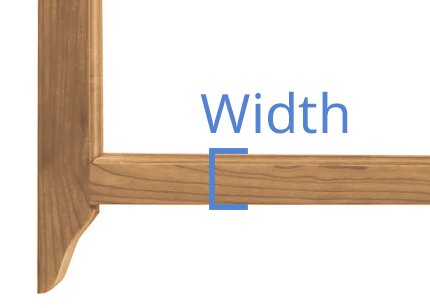
Divided Lites and Muntins
To account for divided lites, you will specify the number of muntins vertically and horizontally.
Divided lites will be made to equally subdivided sections.
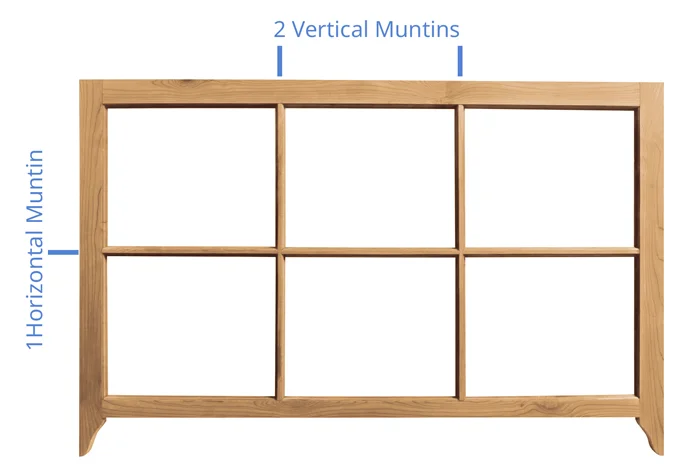
How Is Your Glass Held In?
There are two predominant ways that glass is held in place in a historic sash window. The first way is the most common, using traditional glazing putty made from a linseed oil base.
Traditional glazing putty is made from a simple blend of:
- Linseed oil – the binder that keeps the putty flexible and allows it to cure over time
- Whiting (powdered chalk or calcium carbonate) – the filler that gives it body and opacity

This classic mixture has been used for over a century, especially in historic wood window restoration. It’s pliable when fresh, easy to tool, and gradually hardens as the linseed oil oxidizes.
However, some windows use a quarter round trim pieces or other milled trim in combination with a caulking adhesive. Make sure to check the outside of your windows to see how the glass is being held in place.

Glazing putty will typically look like an angled line and will be painted over. Most older sashes will start to show signs of aging around the glazing lines and will likely have been painted many times over the course of their life.
Reglazing is a good option if the wood does not have rot that affects the overall structure of the sash.


Replacement Sash Order Form
We take pride in using time-honored techniques that have stood the test of time, one of the most fundamental being mortise and tenon joinery. This method, renowned for its simplicity and strength, has been a cornerstone of craftsmanship for thousands of years. The mortise and tenon joint has been a trusted technique across multiple trades.
If you have a unique window and have any questions. Contact us and we will be happy to help.
• All Sashes are plowed for cords
• Wood is straight-grain Douglas fir
• Sashes come with no primer or finish
Frequently Asked Questions
Can you replace just the sash instead of the whole window?
Yes, absolutely. If your window frame is still in good condition, replacing just the sash is often the most cost-effective and historically accurate solution. It preserves the original trim and casing while restoring functionality and energy efficiency.
How do I know if my sash needs to be replaced or repaired?
Common signs include sticking or non-functional sashes, visible rot, cracked or missing glazing, and air drafts. If the wood is still sound, a repair may be possible—but extensive damage usually calls for a full sash replacement.
Do your replacement sashes match historic profiles?
Yes. We specialize in reproducing historic sash profiles, including the commonly used Ogee No. 5. We can match existing dimensions and detailing to preserve the architectural integrity of your home.
Can I install the new sash myself?
If you're handy and comfortable working with windows, yes—especially if you're doing an in-frame sash replacement. We provide precise, custom-built sashes to your specs. That said, many clients prefer hiring a finish carpenter or contractor for best results.
What wood do you use for replacement sashes?
We typically use high-quality, durable woods like vertical grain Douglas fir, mahogany, or sapele, but we can customize based on your preferences or match existing wood types in your home.
Do you pre-finish the sash before shipping?
We offer sashes unfinished. Many clients choose to finish them onsite to match existing woodwork or specific paint/stain requirements.